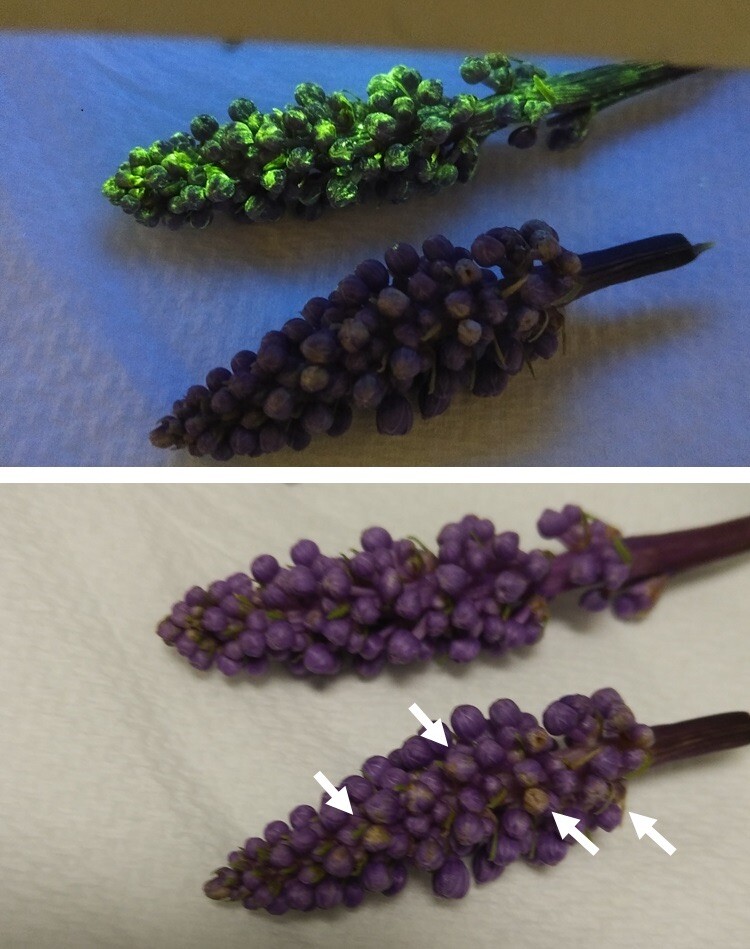Plants are naturally amazing little machines – so giving them a bionic leg-up could unlock a whole new range of abilities. Now a team of researchers from the University of Melbourne has developed a new way to turn plants into nanomaterial factories, which could allow them to act as chemical sensors or even allow them to survive in harsh environments, such as in space or on Mars.
The technique takes advantage of the propensity of plants to absorb water and any molecules dissolved in it. Past studies have used this to create "nanobionic" plants with boosted energy production or the ability to detect explosives.
While both of those used carbon nanotubes, the new study used a class of nanomaterials called metal-organic frameworks (MOF). These are made of metal ions linked to organic molecules, forming crystals that have the highest surface area of any known material. That makes MOFs perfect for absorbing and storing molecules, which could be useful for capturing carbon, filtering water or sensing chemicals.
MOFs themselves are too big to be absorbed into a plant's vascular system. Instead, the team added metal salts and organic linkers to water, then placed plants into it. The idea is that the plants then absorb those precursor molecules and assemble them into MOFs inside their tissues.
To test how well that works, the researchers placed lotus plant clippings into water containing MOF precursors that would grow into fluorescent crystals. That worked, and the team could then use these nanobionic lotus plants as chemical sensors – basically, when there was acetone in the water, the fluorescence faded a little.

As well as getting plants to assemble MOFs, the material could also be used as a coating. Not only can that give plants access to more of the light spectrum for photosynthesis, but protect them from damaging UV light.
To test this aspect, the researchers coated cuttings of chrysanthemum and lilyturf with luminescent MOFs, and then exposed them to UV light for three hours. Those that had been coated suffered less wilting and bleaching than uncoated clippings. This could make MOF coatings particularly useful if we want to one day grow crops on Mars.
"As we contemplate growing crops in space or on Mars where you don't have an atmosphere and are bombarded by UV rays, something like this could be helpful," says Joseph Richardson, lead researcher on the study. "That's because it not only protects the plants from the UV rays, but it also turns them into useful energy. Especially as you get farther away from the sun, it's harder to capture all of the light you'd need for photosynthesis."
The team is presenting the study at the American Chemical Society National Meeting & Exposition in Florida this week. The work is described in the video below.
Source: American Chemical Society




